DNA-splicing has proven highly-effective in tests, while fees for procedural and regulatory processes have collectively rendered such treatments not yet logistically viable for the general public.
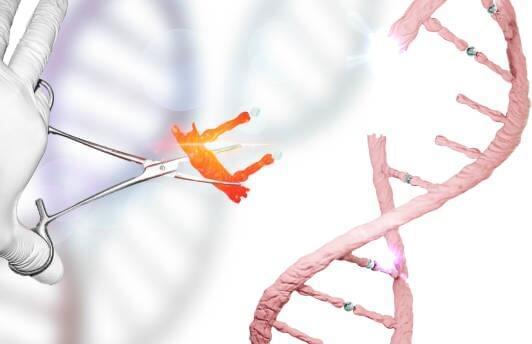

New video: Dr. Aaron Cravens, CEO of Revel Pharmaceuticals at #RejuvenationStartupSummit 2022 about developing designer enzymes to treat diseases of aging, e.g. glucosepane crosslink breakers to prevent hardening of tissues such as muscle, skin, and arteries leading to increased blood pressure, vascular damage, and wrinkling of the skin.
Enjoy →
For more summit videos and regular updates, visit: youtube.com/user/foreverhealthyorg
Aaron Cravens, CEO of Revel Pharmaceuticals at Rejuvenation Startup Summit 2022.
Connect to Forever Healthy:
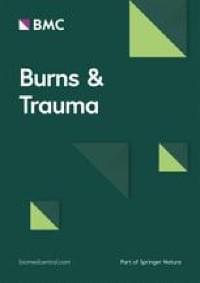
In addition to laser-assisted bioprinting, other light-based 3D bioprinting techniques include digital light processing (DLP) and two-photon polymerization (TPP)-based 3D bioprinting. DLP uses a digital micro-mirror device to project a patterned mask of ultraviolet (UV)/visible range light onto a polymer solution, which in turn results in photopolymerization of the polymer in contact [56, 57]. DLP can achieve high resolution with rapid printing speed regardless of the layer’s complexity and area. In this method of 3D bioprinting, the dynamics of the polymerization can be regulated by modulating the power of the light source, the printing rate, and the type and concentrations of the photoinitiators used. TPP, on the other hand, utilizes a focused near-infrared femtosecond laser of wavelength 800 nm to induce polymerization of the monomer solution [56]. TPP can provide a very high resolution beyond the light diffraction limit since two-photon absorption only happens in the center region of the laser focal spot where the energy is above the threshold to trigger two-photon absorption [56].
The recent development of the integrated tissue and organ printer (ITOP) by our group allows for bioprinting of human scale tissues of any shape [45]. The ITOP facilitates bioprinting with very high precision; it has a resolution of 50 μm for cells and 2 μm for scaffolding materials. This enables recapitulation of heterocellular tissue biology and allows for fabrication of functional tissues. The ITOP is configured to deliver the bioink within a stronger water-soluble gel, Pluronic F-127, that helps the printed cells to maintain their shape during the printing process. Thereafter, the Pluronic F-127 scaffolding is simply washed away from the bioprinted tissue. To ensure adequate oxygen diffusion into the bioprinted tissue, microchannels are created with the biodegradable polymer, polycaprolactone (PCL). Stable human-scale ear cartilage, bone, and skeletal muscle structures were printed with the ITOP, which when implanted in animal models, matured into functional tissue and developed a network of blood vessels and nerves [45]. In addition to the use of materials such as Pluronic F-127 and PCL for support scaffolds, other strategies for improving structural integrity of the 3D bioprinted constructs include the use of suitable thickening agents such as hydroxyapatite particles, nanocellulose, and Xanthan and gellan gum. Further, the use of hydrogel mixtures instead of a single hydrogel is a helpful strategy. For example, the use of gelatin-methacrylamide (GelMA)/hyaluronic acid (HA) mixture instead of GelMA alone shows enhanced printability since HA improves the viscosity of mixture while crosslinking of GelMA retains post-printing structural integrity [58].
To date, several studies have investigated skin bioprinting as a novel approach to reconstruct functional skin tissue [44, 59,60,61,62,63,64,65,66,67]. Some of the advantages of fabrication of skin constructs using bioprinting compared to other conventional tissue engineering strategies are the automation and standardization for clinical application and precision in deposition of cells. Although conventional tissue engineering strategies (i.e., culturing cells on a scaffold and maturation in a bioreactor) might currently achieve similar results to bioprinting, there are still many aspects that require improvements in the production process of the skin, including the long production times to obtain large surfaces required to cover the entire burn wounds [67]. There are two different approaches to skin bioprinting: in situ bioprinting and in vitro bioprinting. Both these approaches are similar except for the site of printing and tissue maturation. In situ bioprinting involves direct printing of pre-cultured cells onto the site of injury for wound closure allowing for skin maturation at the wound site. The use of in situ bioprinting for burn wound reconstruction provides several advantages, including precise deposition of cells on the wound, elimination of the need for expensive and time-consuming in vitro differentiation, and the need for multiple surgeries [68]. In the case of in vitro bioprinting, printing is done in vitro and the bioprinted skin is allowed to mature in a bioreactor, after which it is transplanted to the wound site. Our group is working on developing approaches for in situ bioprinting [69]. An inkjet-based bioprinting system was developed to print primary human keratinocytes and fibroblasts on dorsal full-thickness (3 cm × 2.5 cm) wounds in athymic nude mice. First, fibroblasts (1.0 × 105 cells/cm2) incorporated into fibrinogen/collagen hydrogels were printed on the wounds, followed by a layer of keratinocytes (1.0 × 107 cells/cm2) above the fibroblast layer [69]. Complete re-epithelialization was achieved in these relatively large wounds after 8 weeks. This bioprinting system involves the use of a novel cartridge-based delivery system for deposition of cells at the site of injury. A laser scanner scans the wound and creates a map of the missing skin, and fibroblasts and keratinocytes are printed directly on to this area. These cells then form the dermis and epidermis, respectively. This was further validated in a pig wound model, wherein larger wounds (10 cm × 10 cm) were treated by printing a layer of fibroblasts followed by keratinocytes (10 million cells each) [69]. Wound healing and complete re-epithelialization were observed by 8 weeks. This pivotal work shows the potential of using in situ bioprinting approaches for wound healing and skin regeneration. Clinical studies are currently in progress with this in situ bioprinting system. In another study, amniotic fluid-derived stem cells (AFSCs) were bioprinted directly onto full-thickness dorsal skin wounds (2 cm × 2 cm) of nu/nu mice using a pressure-driven, computer-controlled bioprinting device [44]. AFSCs and bone marrow-derived mesenchymal stem cells were suspended in fibrin-collagen gel, mixed with thrombin solution (a crosslinking agent), and then printed onto the wound site. Two layers of fibrin-collagen gel and thrombin were printed on the wounds. Bioprinting enabled effective wound closure and re-epithelialization likely through a growth factor-mediated mechanism by the stem cells. These studies indicate the potential of using in situ bioprinting for treatment of large wounds and burns.
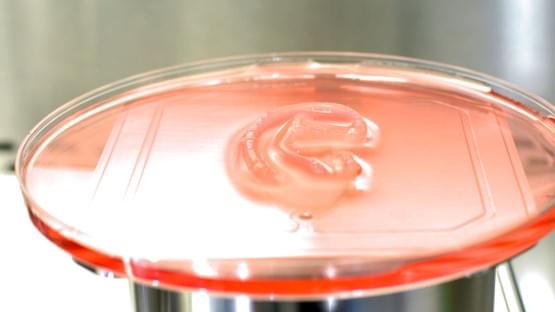
In a first-of-its-kind clinical trial, a human has received a 3D-bioprinted ear implant grown from the patient’s own living cells – thanks to a technology platform developed by a Cornellian-founded startup company.
This bioengineered breakthrough has the potential to significantly improve the lives of the approximately 1,500 children who are born annually in the U.S. with microtia, a congenital ear deformity. The approach could eventually lead to tissue implants for treating other conditions and traumatic injuries, reconstructive and regenerative therapy, and possibly even the biomanufacture of whole organs.
The company, 3DBio Therapeutics, was founded in 2014 by Dan Cohen ‘04, M.S. ‘07, Ph.D. ‘10, along with Lawrence Bonassar, the Daljit S. and Elaine Sarkaria Professor in Biomedical Engineering and in Mechanical and Aerospace Engineering in the College of Engineering, and Hod Lipson, who taught at Cornell for 14 years and is now a professor at Columbia University.

Honda is pulling away from a design practice that’s (literally) shaped auto making since the ’30s.
The $43 billion company still depends on life-size clay models to evaluate its designs, a tried and true method pioneered by GM designer Harley Earl. But Honda is gradually relying less on the practice, ever since the Coronavirus tore across the globe and resulting lockdowns divided its teams in Los Angeles, Ohio and Japan. The way Honda tells it, those early 2020 travel rules “threatened” its designers’ ability to work with engineers on the ’24 Prologue, creating a window for a deeper dive into virtual reality.
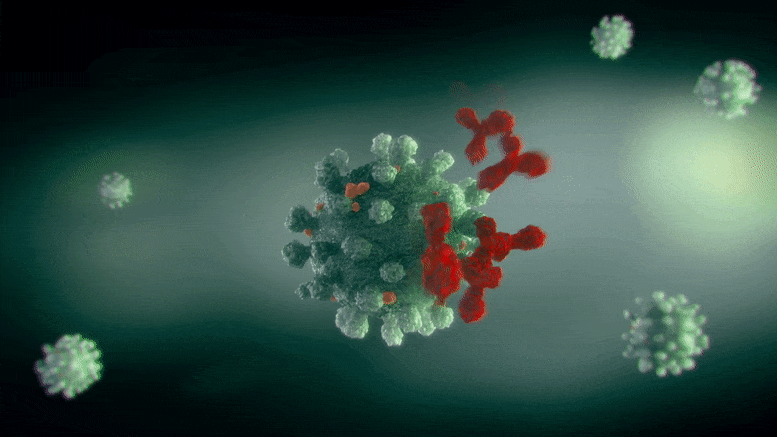
Researchers have discovered that salen can effectively bind a number of proteins of the coronavirus SARS-CoV-2.
Severe acute respiratory syndrome coronavirus 2 (SARS-CoV-2) is the official name of the virus strain that causes coronavirus disease (COVID-19). Previous to this name being adopted, it was commonly referred to as the 2019 novel coronavirus (2019-nCoV), the Wuhan coronavirus, or the Wuhan virus.

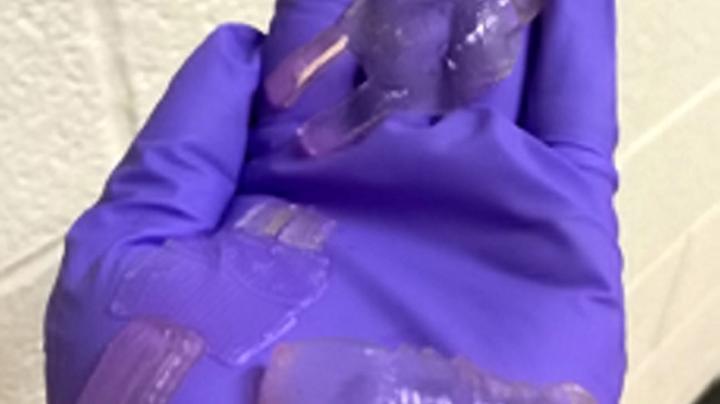
Scientists have created a teeny tiny, creepy crawly-like robot they hope will travel through the human body to cure diseases. Made of gelatin, the 3D-printed device may eventually replace pills or intravenous injections that can cause problematic side effects. Bring on the killer robots! We need ’em more than ever.
Read more ❯.
I knew my life would be spent trying to tackle the problem of defeating death itself.
Dr. Michael West presents on age reprogramming to induce tissue regeneration (iTR) at RAADfest 2022.
More videos about AgeX and reprogramming: https://www.youtube.com/playlist?list=PLtstRX3oAlvMPjyhW8IbS2UtEYXq8_D0z.
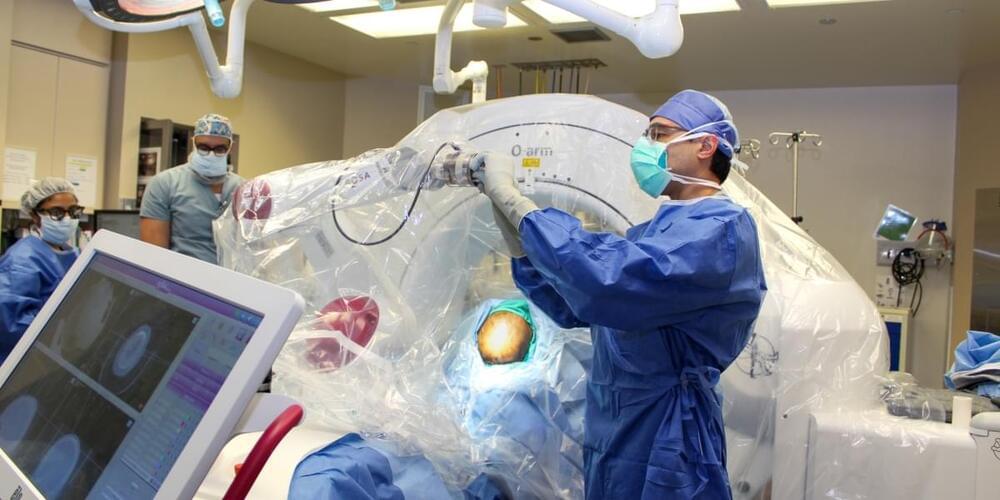
Researchers implanted 14 electrodes into the brains of volunteers with depression. One says it saved his life.
John’s life changed forever when he broke up with his girlfriend. The breakup sent him into a downward spiral, and led to his first depressive episode when he was 27 years old. “At first it’s just extreme sadness… then you start losing sleep,” says John (not his real name), who spoke on condition of anonymity. He developed crippling anxiety and experienced panic attacks and dark thoughts that eventually led him to attempt to end his own life.
Drugs didn’t work for John—he says he has tried pretty much every antidepressant, antipsychotic, and sedative out there.